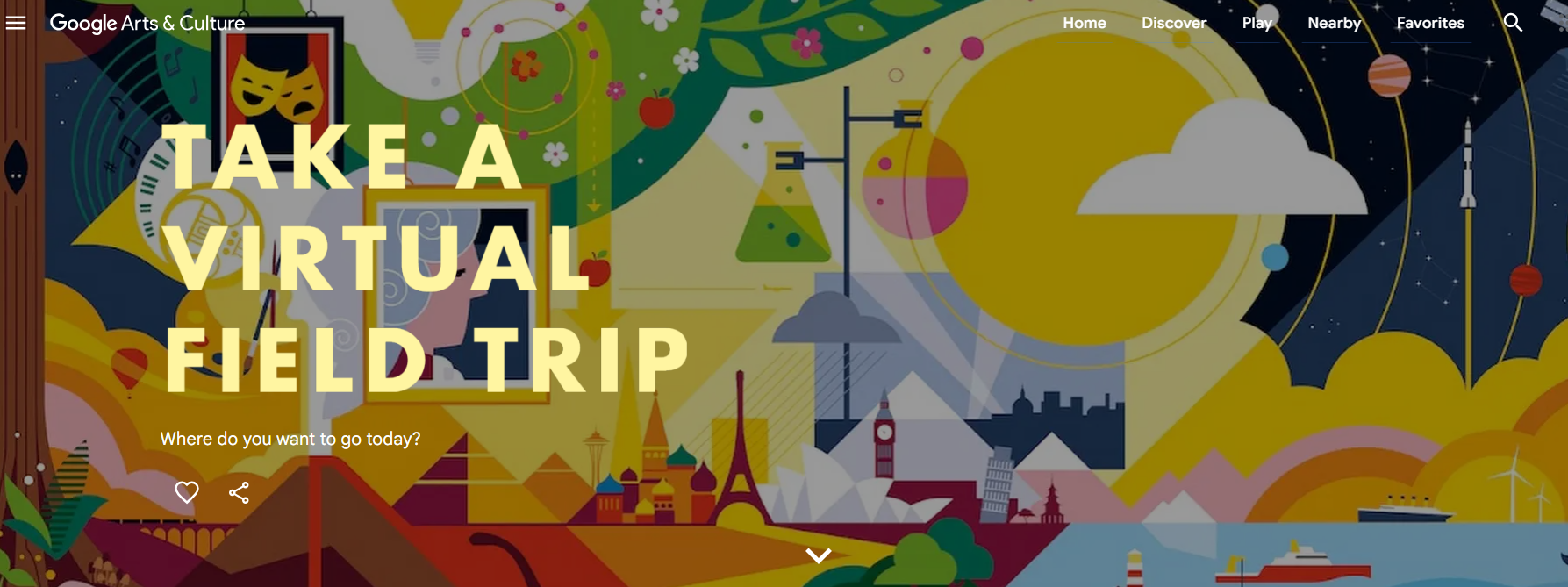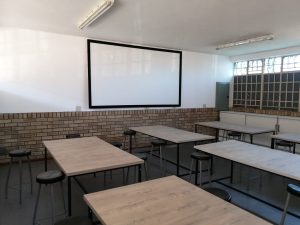Are you a teacher seeking fresh, new way to reach your students? Or are you a parent looking for educational experiences outside your classroom walls? This comes in the form of Google Expeditions, a new approach to experiential learning that transports students with 360-degree panoramic field trips across the world.
At its core, Google Expeditions is an app that allows you to virtually visit hundreds of educational locations: historical sites, natural wonders, and more. Students are able to experience iconic destinations in 360 by putting on a virtual reality headset or even just by looking around with a tablet or phone.
Google Expeditions features:
Excessive Number of Expeditions to Pick From: Decidedly vast collection of expeditions across different interested topics (e.g. History, science, culture).
Interactive Experiences — visit landmarks, interact with objects, and learn about other cultures following guided narratives and interrogations.
Teacher-driven Quest A teacher can manage the speed (the quest) and ask questions through the different sections to guide student learning.
Accessible – Google Expeditions can be used on different mediums, so it accessible to schools and people of all budgets.
What Are the Advantages of Google Expeditions?
Improved Learning: A virtual field trip can deliver a more engaging, memorable learning experience than what can be found in an average textbook or lecture.
Improves Accessibility: Students who have difficulty traveling in person are able to visit various places
Fosters Curiosity: When students play more interactive games, they are introduced to asking questions, reasoning through things and pedestrian critical thinking.
Curriculum Support: Use Google Expeditions to enhance existing curriculum and help students experience real-world instances of concepts.
How do I use Google Expeditions?
Set Up a Google Expeditions Account: Create an account for free at this page on the Google Expeditions site
Explore Expeditions: Check out the expeditions available and chose ones that match your curriculum or interests.
Prepare your students—Give students context to the places they will explore.
Lead the Expedition: Virtual reality headsets or mobile devices can lead students on the virtual tour.
What is sure, on both counts, is that Google Expeditions represents a unique opportunity for educators and parents to make learning more attractive and easier to grasp. With so many virtual destinations to choose from, using Google Expeditions for this purpose works wonders as it can help students gain a richer perspective of the world around them.
Specific Destinations:
Google Expeditions has a ginormous library of places to explore from diverse themes and categories. Some well-known examples include:
Sites of Historical Significance: The Great Wall of China, The Colosseum in Rome, Taj Mahal
First Great Wonders of the Natural World: The Grand Canyon, Amazon Rainforest, Great Barrier Reef
Cultural Experiences: The Louvre Museum Machu Picchu Pyramids of Giza
Science Experiments: ISS, Galapagos Islands, Mariana Trench
Bring Google Expeditions to Your Classroom!
Here are some ways that you can use Google Expeditions successfully in your classroom:
Plan Your Expedition – Select destinations that coincide with your curriculum and the interests of your students.
Class Prep: Teach Your Students Introduction to VR and how to use the headsets / their phones
Lead the Discovery: Direct the teacher’s device as they move through the expedition and provide guidance, context, narration.
Ask Questions: Pause the video and ask questions to interrupt the mindless binge. Why are we doing this? How could you use this in your classroom or curriculum?
Test Learning: Quizzes, assignments or projects that evaluate how well students have understood and retained the material they learned.




